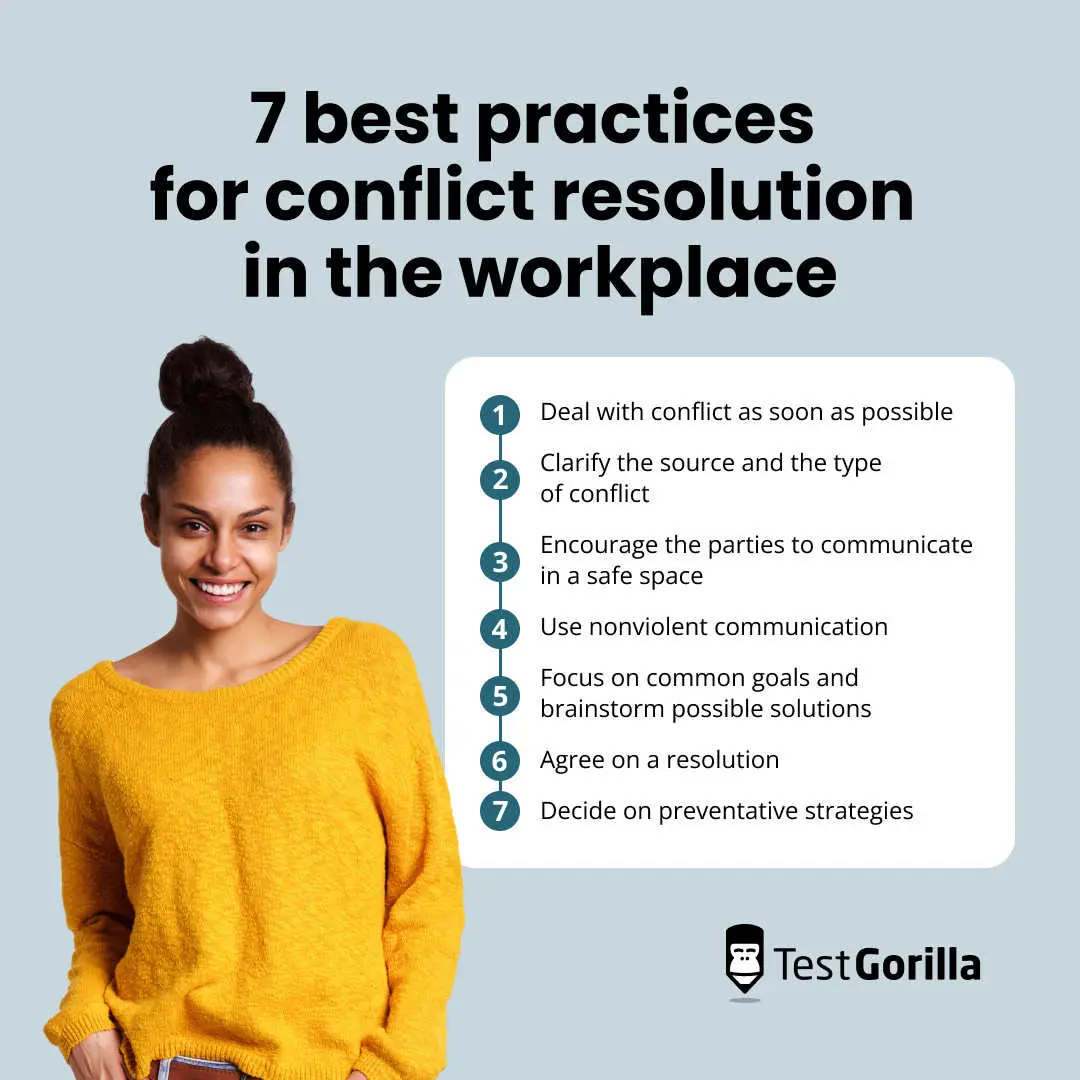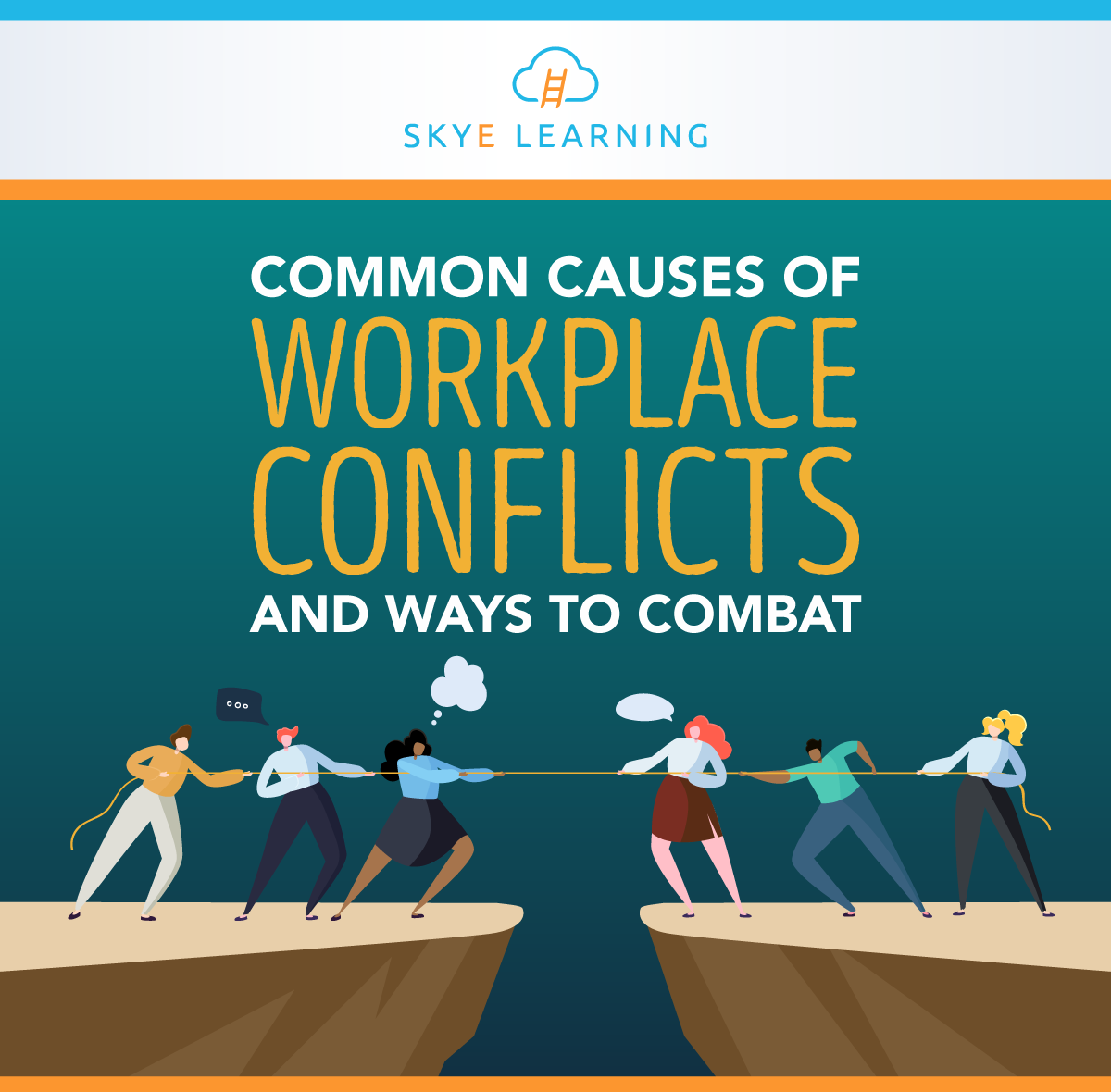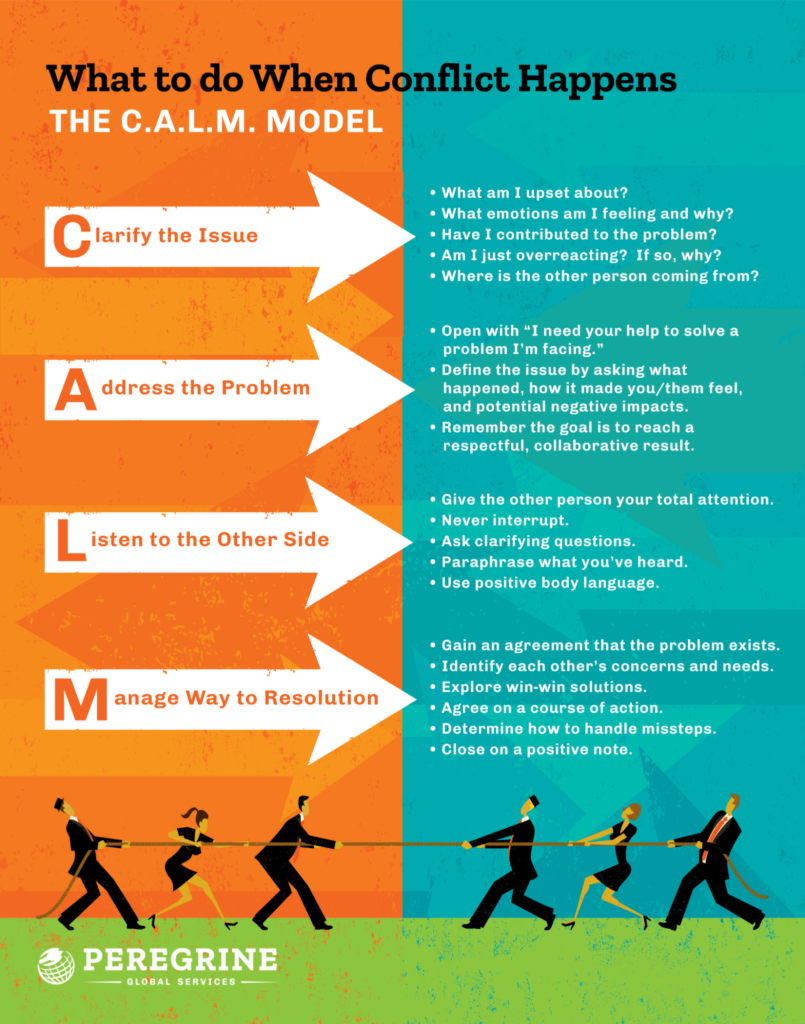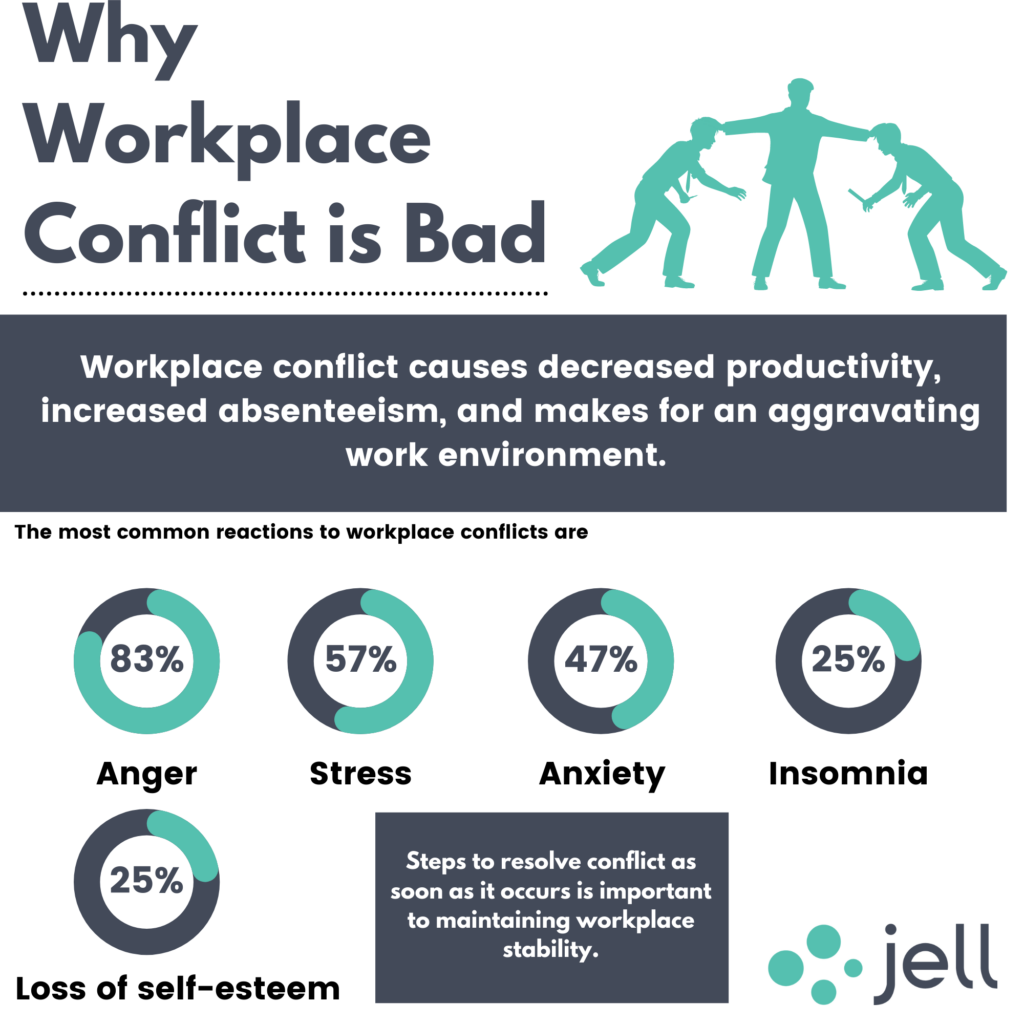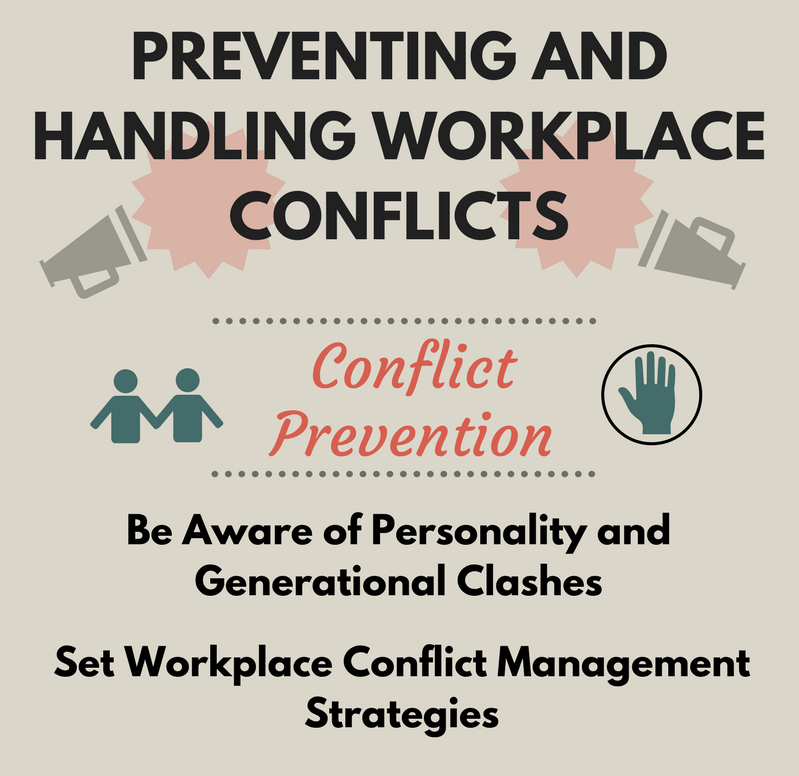How To Stop Conflict In The Workplace
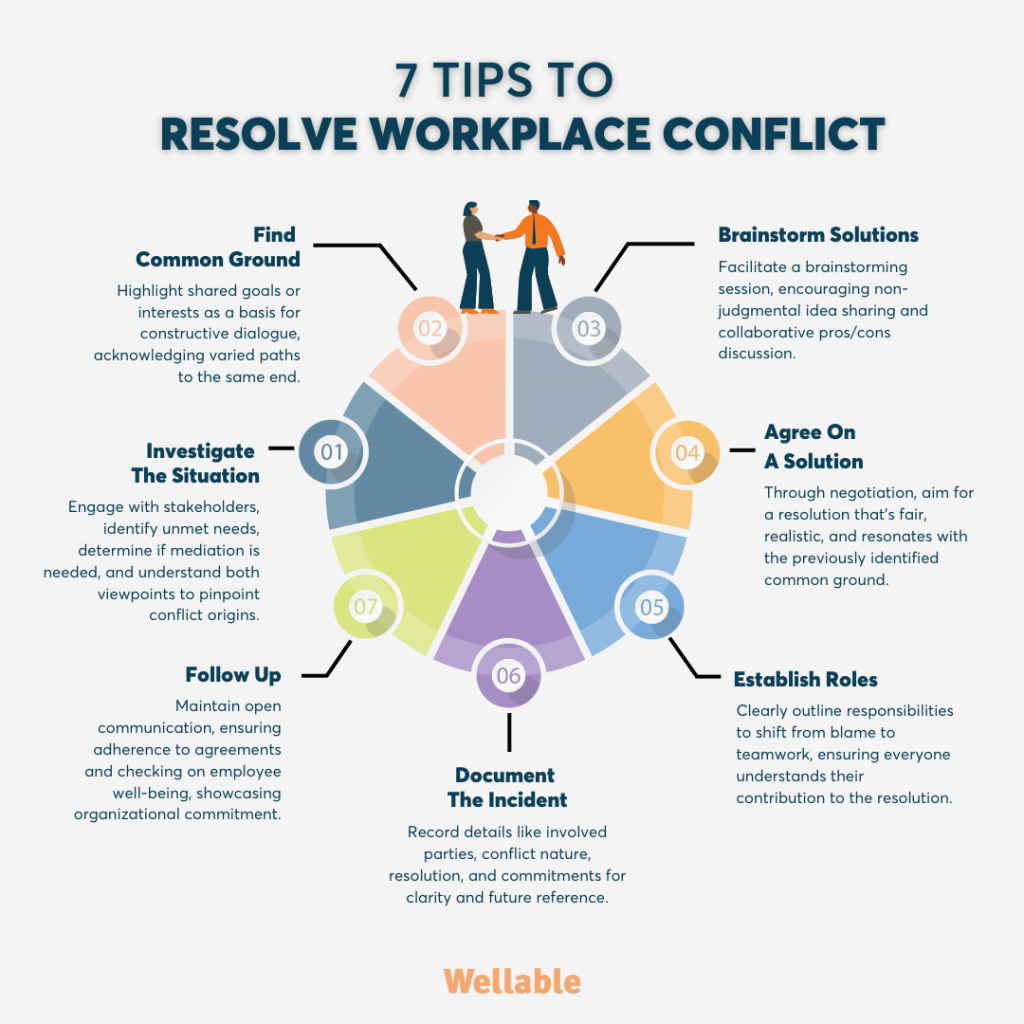
Is your workplace feeling more like a battlefield than a collaborative space? Are you tired of constant tension and unproductive arguments? You're not alone. Workplace conflict is a universal problem, costing businesses time, money, and employee morale. This guide is for you – the manager, team leader, or HR professional – who's ready to take proactive steps to build a more harmonious and productive work environment.
Why Addressing Workplace Conflict Matters
Unresolved conflict is a silent killer. It festers, impacting everything from productivity to employee retention. Imagine a team paralyzed by passive-aggression, or projects stalled by disagreements no one is willing to address. The consequences of ignoring conflict are far-reaching and can significantly damage your organization's bottom line.
Understanding the Root Causes of Workplace Conflict
Conflict rarely arises out of thin air. Often, it stems from a complex interplay of factors. Common culprits include poor communication, differences in personality, competing resources, and unclear roles and responsibilities. Understanding these underlying causes is the first step toward effective resolution.
Top 5 Strategies for Preventing Workplace Conflict
Prevention is always better than cure. Here are five key strategies you can implement to minimize the likelihood of conflict arising in the first place.
1. Foster Open Communication
Communication is the cornerstone of any healthy relationship, including those at work. Create a culture where employees feel comfortable expressing their opinions and concerns openly and honestly. Implement regular feedback sessions and encourage active listening skills.
2. Define Roles and Responsibilities Clearly
Ambiguity breeds confusion and resentment. Ensure that every employee understands their role, responsibilities, and how they contribute to the overall team goals. A well-defined job description can work wonders.
3. Promote Teamwork and Collaboration
Encourage employees to work together towards common goals. Facilitate team-building activities to foster camaraderie and mutual respect. When team members understand and appreciate each other, conflict is less likely to escalate.
4. Implement Fair and Consistent Policies
Perceived unfairness is a major source of conflict. Ensure that company policies are applied consistently and transparently across the board. This includes everything from promotion opportunities to disciplinary actions.
5. Provide Conflict Resolution Training
Equip your employees with the skills they need to navigate disagreements constructively. Conflict resolution training can teach valuable techniques for active listening, mediation, and finding mutually agreeable solutions. Invest in your people, and you'll invest in a more peaceful workplace.
Comparison Table: Conflict Resolution Training Programs
| Program Name | Price (per employee) | Key Focus Areas | Duration | Warranty/Satisfaction Guarantee |
|---|---|---|---|---|
| The Conflict Resolution Center's "Effective Communication Strategies" | $299 | Active listening, non-violent communication, empathy | 2 days | 30-day money-back guarantee |
| Mediator's Guild's "Workplace Mediation Skills" | $499 | Mediation techniques, negotiation skills, conflict de-escalation | 3 days | Satisfaction guaranteed or free refresher course |
| HR Solutions Inc.'s "Conflict Management for Managers" | $349 | Identifying conflict triggers, addressing performance issues, team conflict resolution | 2 days | No warranty, but includes ongoing support |
| Online Learning Platform's "Conflict Resolution Essentials" | $99 | Basic communication skills, identifying conflict styles, finding common ground | Self-paced online | 7-day refund policy |
| Leading Edge Training's "Building a Culture of Respect" | $599 | Diversity & Inclusion training, psychological safety, unconscious bias | 3 days | 1-year support and resources |
Detailed Reviews of Conflict Resolution Approaches
The Mediation Approach
Mediation involves a neutral third party facilitating a discussion between conflicting parties. The mediator helps them identify the underlying issues, explore potential solutions, and reach a mutually agreeable resolution. This approach is particularly effective when communication has broken down and emotions are running high.
The Arbitration Approach
Arbitration is a more formal process where a neutral third party hears evidence from both sides and makes a binding decision. This approach is typically used when mediation has failed or when the conflict involves legal issues. The arbitrator's decision is legally enforceable.
The Collaborative Problem-Solving Approach
This approach focuses on identifying the root causes of the conflict and developing a shared solution. It involves open communication, active listening, and a willingness to compromise. This approach is most effective when both parties are committed to finding a mutually beneficial outcome.
"Used vs. New" Conflict Resolution Strategies: A Breakdown
Sometimes, adapting an existing conflict resolution framework can be more efficient than creating one from scratch. But is using a "pre-owned" approach always the best option?
New Strategies (Developing from Scratch): Pros: Tailored to your specific needs and organizational culture. Higher employee buy-in. Cons: More time-consuming and resource-intensive to develop and implement. Risk of unforeseen challenges during implementation.
Used Strategies (Adapting Existing Frameworks): Pros: Faster and less expensive to implement. Proven track record of success in other organizations. Cons: May not perfectly fit your unique needs. Requires careful adaptation to ensure compatibility with your organizational culture. Potential for resistance from employees who are skeptical of "cookie-cutter" solutions.
Reliability Ratings by Brand (Conflict Resolution Frameworks)
While conflict resolution is more about implementation than brand, some frameworks are consistently praised for their effectiveness.
- The Thomas-Kilmann Conflict Mode Instrument (TKI): Widely used and highly regarded for its comprehensive assessment of conflict styles.
- Nonviolent Communication (NVC): Highly effective for improving communication and fostering empathy. Can be challenging to implement consistently.
- Getting to Yes: Negotiating Agreement Without Giving In: A classic negotiation framework that emphasizes finding mutually beneficial solutions.
Checklist: 5 Must-Check Features Before Implementing a Conflict Resolution Strategy
Before committing to a particular conflict resolution strategy, make sure it meets these criteria:
- Alignment with Company Values: Does the strategy align with your organization's core values and ethical principles?
- Employee Buy-In: Are employees supportive of the strategy? Have they been involved in the development process?
- Clarity and Simplicity: Is the strategy easy to understand and implement? Avoid overly complex or bureaucratic processes.
- Accessibility: Is the strategy accessible to all employees, regardless of their position or department?
- Measurable Outcomes: Can you track the effectiveness of the strategy? Are there clear metrics for success?
Key Takeaways: Stopping Conflict in Its Tracks
Successfully managing and preventing workplace conflict requires a multifaceted approach. Prioritize open communication, clearly defined roles, and a culture of collaboration. Invest in conflict resolution training, and implement fair and consistent policies. Remember to tailor your strategy to your specific needs and organizational culture.
Consider the various training programs available, the pros and cons of new versus adapted strategies, and the reliability of different frameworks. By carefully weighing these factors, you can create a conflict resolution plan that promotes a more harmonious and productive work environment.
Ready to Build a More Harmonious Workplace?
Take the first step towards a more peaceful and productive workplace. Start by assessing your current conflict resolution practices and identifying areas for improvement. Explore the resources mentioned in this article, and consider investing in conflict resolution training for your team. Contact us today for a consultation and let us help you create a conflict-free workplace!
